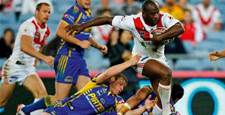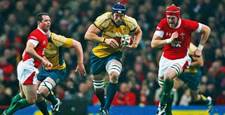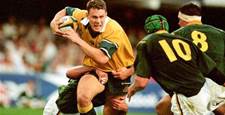By his own admission, Rod Kafer was never an athlete...
By his own admission, Rod Kafer was never an athlete...
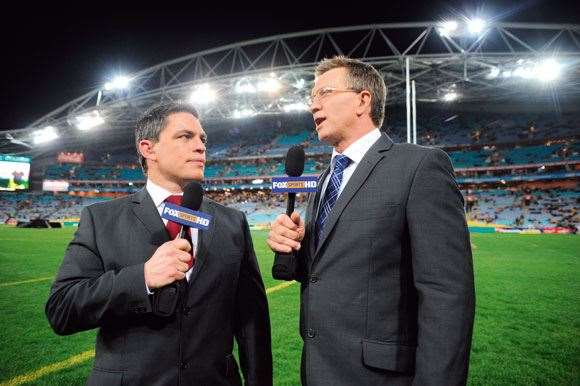 The Fox Sports crew, including Greg Martin, now benefits from Kafer’s wisdom.
The Fox Sports crew, including Greg Martin, now benefits from Kafer’s wisdom.Images: Getty Images
At 175cm and 100-plus kilos he had a body built for comfort, not speed. In his final year at the Brumbies, after a particularly lavish off-season, his team-mates took to calling him “Tooks” – after the rotund Parramatta Eels prop of the day, Mark Tookey. But Kafer knew that a sharp rugby brain was an ample substitute for an athletic physique. And so a startling ability to dissect the game became the hallmark of his game. And, as a result, he played in winning teams. His 37 caps for the Brumbies coincided with three Super finals and the ‘01 title, his 34 games for the Leicester Tigers coincided with a Heineken Cup and Zurich Premiership, his 12 Tests for the Wallabies coincided with the ’99 World Cup. After hanging up the boots he spent 18 months as the head coach at Saracens before returning to Australia where he assumed the presidency of the Rugby Union Players’ Association and a commentating gig at Fox Sports.
Kafer’s time in the game has spanned the rugby gamut. He broke into the top ranks when the game was staunchly amateur, he was on the fringes of the Wallabies as the sport turned professional, and he was at the peak of his powers at the turn of the century when the game was flying high. With rugby’s sails deflated these days, Inside Sport had a coffee with “Tooks” to see what needs to change.
Mate, the game of rugby’s been under a torrent of criticism over the past few years – too much kicking, too many reset scrums, too many games decided by goalkickers. Looking at the sport objectively, has the product changed over the past 10, 20 years? Or have we changed?
I think there are a couple of trends in sport at the moment that are having an impact on how we perceive rugby. Over the past few years we’ve seen a real shift in the sort of activities people find entertaining. Look at all these extreme sports in the mass media now – everything from ultimate fighting to skateboarding. There’s very much a fast-paced mentality to the way we want to be entertained these days, and a very traditional sport like rugby hasn’t had the capacity to keep pace with that. It’s not easy for rugby – it’s a slow-moving game, it’s very much built around tradition and it’s got an unwieldy governing body in the IRB. The expectations of the public have changed and I don’t think rugby’s changed with them. This is the challenge for rugby, more so than changing the laws and the nature of the game. But does the game need work? Yes, it does. And it particularly needs work here in Australia, because we’ve got that unique microcosm of sport where we have four competing ball sports in winter. When there’s a slight shift in the perception of the game we really feel it in Australia. That generally means that if the game starts to struggle here, then in three years it begins to struggle all around the world. And we’re seeing that now. Two years ago, when Australia was first grappling with this concept that the game had become boring, rugby in the northern hemisphere was booming. Now, in the northern hemisphere, they’re starting to grapple with the same questions. They’re literally three years behind us.
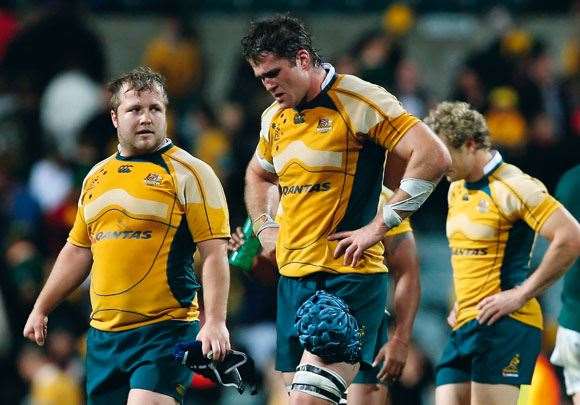 A tougher mental attitude and the Wallabies will be back on top, says Kafer
A tougher mental attitude and the Wallabies will be back on top, says KaferImages: Getty Images
So how does rugby accommodate these shifts in the public’s expectations?
Well, the public’s expectations are fickle. The trick is not to follow the trend, but to position yourself so you know what niche in the market you’re aiming to fill. That’s rugby’s challenge. It needs to find the point where it’s still satisfying the traditionalists, but at the same time attracting new people because it offers something unique. And most of the tenets of rugby rest around it being a game for all shapes and sizes. That’s the fundamental concept that has to be maintained.
Are there specific areas where the game needs to change?
Rugby tends to suffer from the butterfly effect – change a small part of the game and it can have wide-reaching effects. I think we saw that with the ELVs; the minor law changes had a far greater impact on the fabric of the game than intended. These laws, for instance, brought in the quick tap to minimise the number of scrums in the game. But it didn’t change the number of scrums – the ball was in play more so there were more knock-ons, and so more scrums. But it did have an impact on the number of lineouts because teams were no longer kicking for touch on penalties. So it cut the number of lineouts in half, and that was a massive shift in the way the game was played. Fundamentally, I think you’ve got to reward teams who want to score tries. Find the method that does that – more points for tries – and then stick with it. The key is to encourage teams to run the ball, not make minor
changes around the edge of the laws.
Do you fear for the future of rugby in Australia?
I don’t, because, as we’ve seen with many professional sports, you’ve got to go through the bad times to work out what you have to do to win the hearts and minds of people again. We’ve seen that with rugby league a couple of times over the past 20 years – the game’s been struggling but they’ve reacted swiftly, made changes, and the game’s responded. So I see this time as a great opportunity. Plus, we’ve got a World Cup just around the corner in New Zealand. If the Wallabies can do well in a big tournament like that, the landscape will change rapidly.
Related Articles
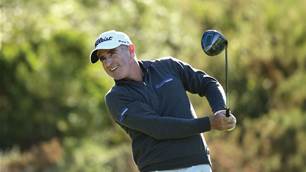
Video interview: Drinks With ... Matt Millar

The Open Final Round Tee Times (AEST)





